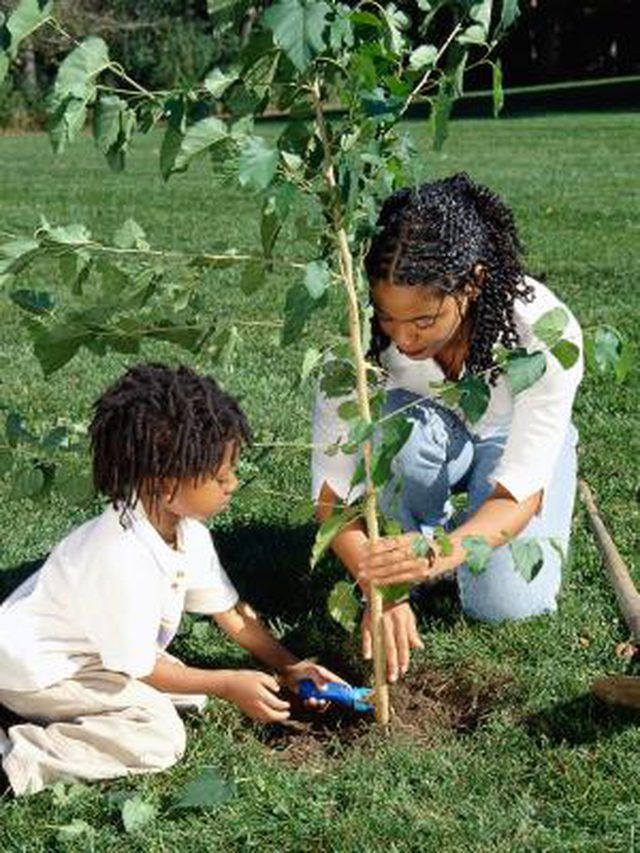Bulbs
Flower Basics
Flower Beds & Specialty Gardens
Flower Garden
Garden Furniture
Garden Gnomes
Garden Seeds
Garden Sheds
Garden Statues
Garden Tools & Supplies
Gardening Basics
Green & Organic
Groundcovers & Vines
Growing Annuals
Growing Basil
Growing Beans
Growing Berries
Growing Blueberries
Growing Cactus
Growing Corn
Growing Cotton
Growing Edibles
Growing Flowers
Growing Garlic
Growing Grapes
Growing Grass
Growing Herbs
Growing Jasmine
Growing Mint
Growing Mushrooms
Orchids
Growing Peanuts
Growing Perennials
Growing Plants
Growing Rosemary
Growing Roses
Growing Strawberries
Growing Sunflowers
Growing Thyme
Growing Tomatoes
Growing Tulips
Growing Vegetables
Herb Basics
Herb Garden
Indoor Growing
Landscaping Basics
Landscaping Patios
Landscaping Plants
Landscaping Shrubs
Landscaping Trees
Landscaping Walks & Pathways
Lawn Basics
Lawn Maintenance
Lawn Mowers
Lawn Ornaments
Lawn Planting
Lawn Tools
Outdoor Growing
Overall Landscape Planning
Pests, Weeds & Problems
Plant Basics
Rock Garden
Rose Garden
Shrubs
Soil
Specialty Gardens
Trees
Vegetable Garden
Yard Maintenance
How to Save a Transplanted Tree Turning Brown
How to Save a Transplanted Tree Turning Brown. Leaves that turn brown on a transplanted tree indicate the tree suffers from transplant shock and has a hard time adjusting to its new environment. The problem is often the result of an imbalance between the tree's number of roots underground and branches in the canopy. It's best to follow the old...

Leaves that turn brown on a transplanted tree indicate the tree suffers from transplant shock and has a hard time adjusting to its new environment. The problem is often the result of an imbalance between the tree's number of roots underground and branches in the canopy. It's best to follow the old adage, "plant a $10 tree in a $100 hole," which basically means transplanting success increases with proper preparation. Make adjustments to the tree's hole, canopy, water and fertilizer as needed to lessen transplant shock so the tree can establish itself and grow to maturity.
Things You'll Need
Lopping shears
Pruning saw
Watering device
Shovel
Clean soil
Shade cloth
Tall stakes
Rubber mallet
Remove as many as one-third of the total branches in the tree's canopy to balance it with the number of roots in the tree's root ball. Cut each of those branches back to a lateral branch, leaving about a 1/4-inch stub to avoid cutting into the branch collar. The branch collar is the slightly raised area where a branch meets the tree's trunk or a larger branch. When a tree is simply dug out of the ground and transplanted, rather than root-pruned a few months in advance, it doesn't have enough time to produce a dense network of roots close to the crown, which is where the roots join the trunk.
Water the tree well just until water pools on the soil surface, and wait one day to check the moisture level in the soil. If water remains on the soil surface and the soil is soaking wet, then the soil doesn't have enough drainage. Dig up the tree carefully, and add enough clean soil to bottom of the planting hole so the tree's root ball can rest a few inches above soil grade -- the level of the soil surrounding the hole. Mound the soil from the soil grade level upward to the root ball.
Water the tree once or twice weekly to keep the soil evenly moist but not wet. A transplanted tree requires regular watering to encourage new root growth, but the roots can rot if the soil stays wet.
Loosen the soil around the tree's root ball so the roots can spread easily through the soil and establish themselves. Dig carefully so you don't disturb the root ball. A tree should be planted in a hole that measures two to three times the diameter of the tree's root ball, but the soil can be loosened later if the hole wasn't big enough.
Stop fertilizing the tree until one year after it was planted. At that point, the roots will be well-established in the soil. Fertilizer encourages a bushy tree canopy, but that attribute isn't healthy if the canopy grows faster than the roots.
Cover the tree with a shade cloth to protect the tree for a few weeks after planting. Drive tall stakes in the ground around the tree -- outside the root ball -- to support the shade cloth above the canopy. Decrease gradually the amount of time you use the shade cloth over the course of a few weeks. Doing so slowly acclimates the tree to the site's sunlight conditions. Even if a tree is suited to grow in full sunlight exposure, it can suffer if exposed to full sunlight without being acclimated slowly, especially if it was indoors or in shade before it was transplanted.
Tips & Warnings
Inspect your tree carefully to determine its potential problem or problems. Depending on the problem or problems, you may need to take only one or a few measures to help the tree.